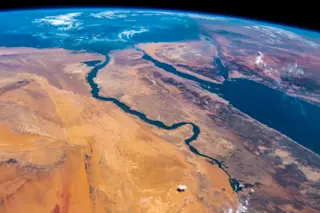Nevados de Chillan. Science Source Some news on eruptions going on in Central and South America: Chile
A map of the Nevados de Chillan, showing the location of the new crater formed on January 8, 2016 (red star). SERNAGEOMIN Over the weekend, one of my picks for volcanoes to watch in 2016 fulfilled its promise with a small explosive eruption. On January 8, Nevados de Chillán produced what the SERNAGEOMIN thinks was a steam-driven (phreatic) explosion. Likely, magma rising up under the volcano caused the water in the crater area to heat up, creating the explosive vapor. Nevados de Chillán is actually a complex of volcanic vents and this new activity is centered around the Nuevo, Arrau, and Chudcún vents (see above). An overflight of the volcano shows a small new crater formed by the explosion on January 8. Some people near the volcano captured the explosion on video (see ...














